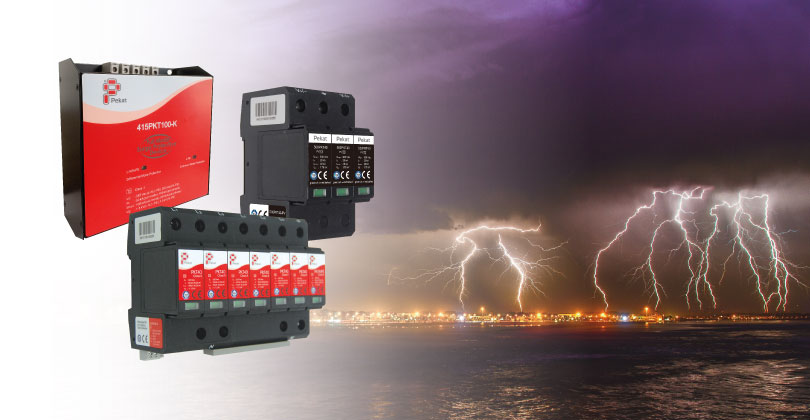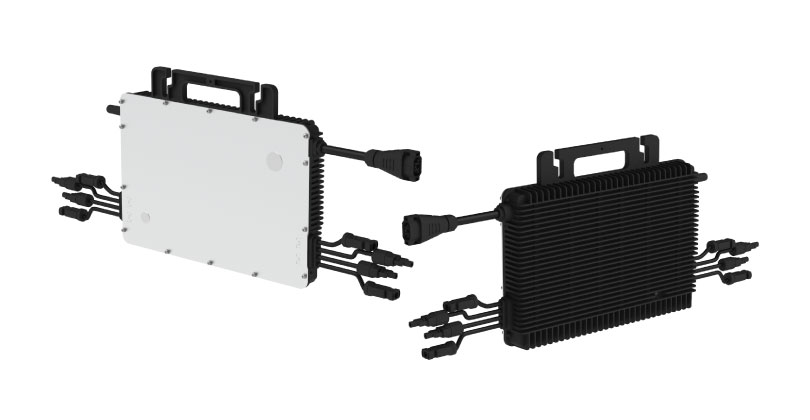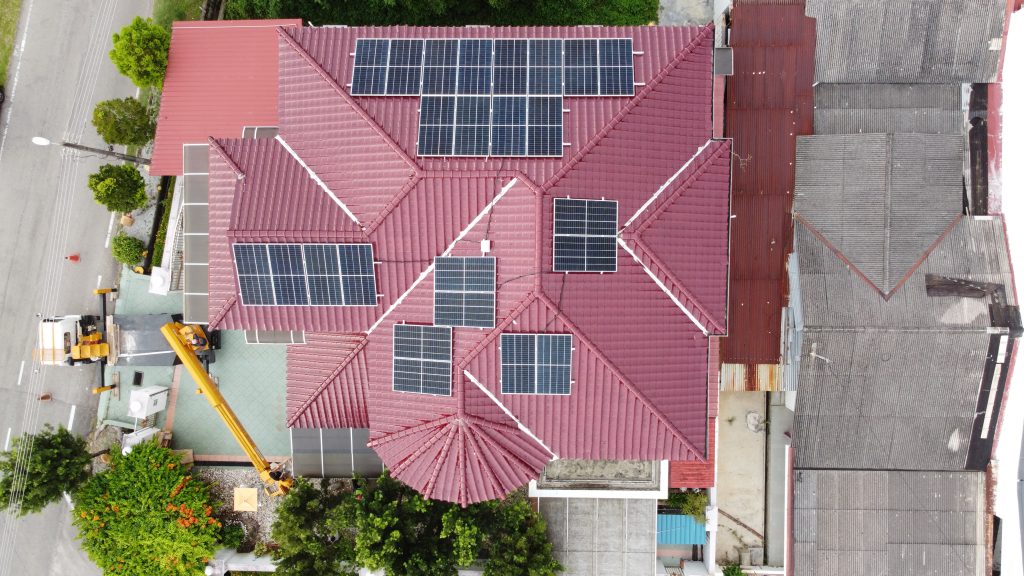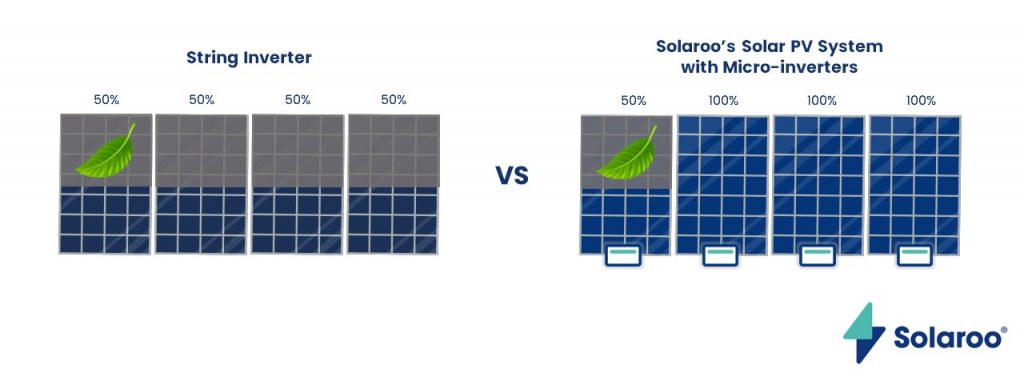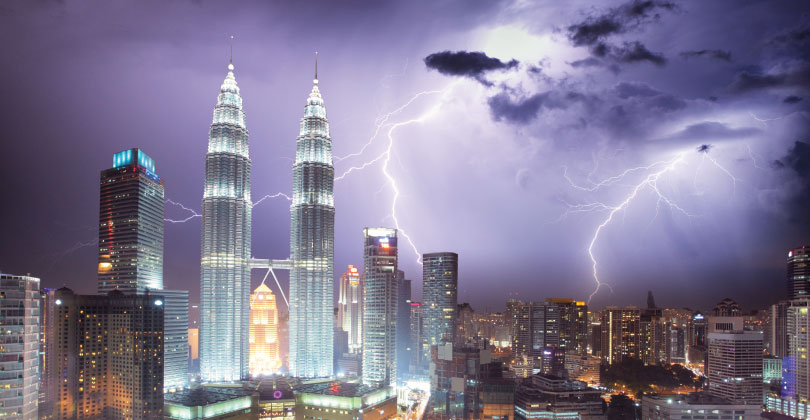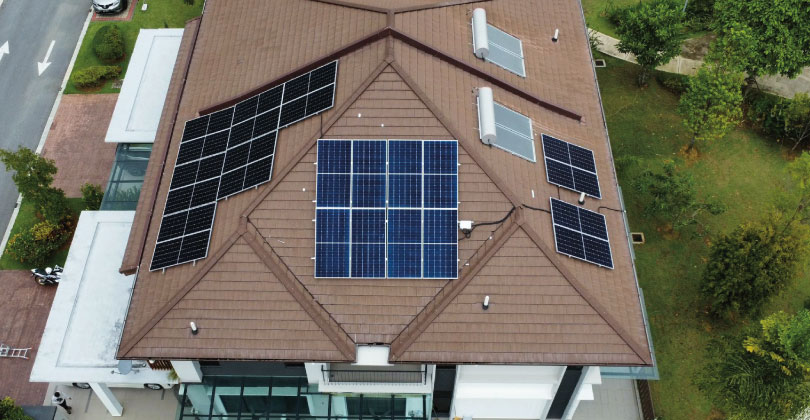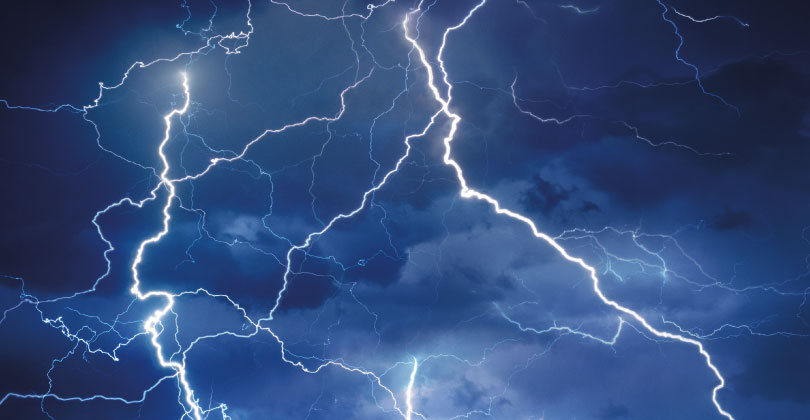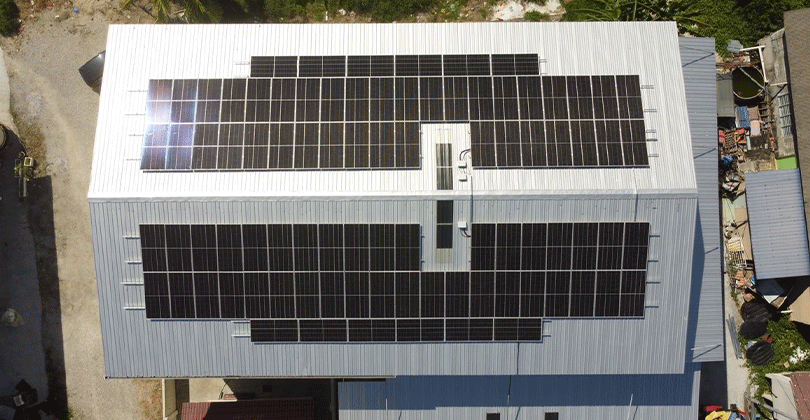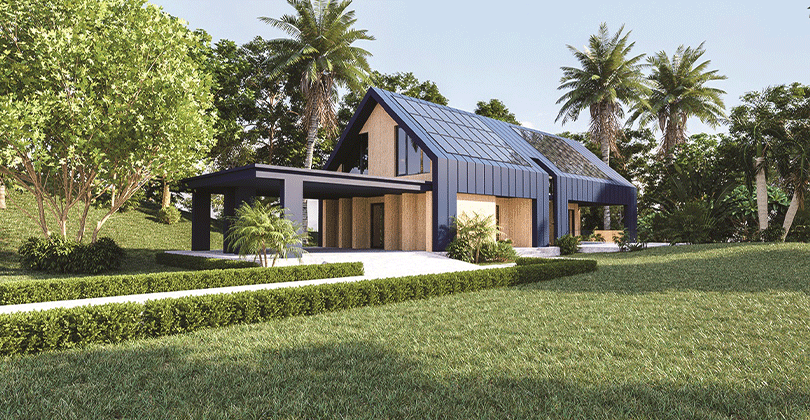Surge protective devices (SPDs) play a crucial role in safeguarding electrical systems, equipment, and appliances from damaging voltage spikes. These spikes, often caused by lightning strikes or power surges, can damage sensitive electronics, leading to costly repairs or replacements.
Protecting Against Surge
Surge occur due to various factors, lightning strikes, utility grid fluctuations, or internal electrical issues. These surges can send a surge of electrical energy through the system, exceeding the normal voltage levels and causing damage to connected devices. Surge protective devices act as a barrier against these surges, diverting excess voltage away from sensitive equipment and ensuring their safe operation.
Preventing Costly Damage
Modern homes and businesses rely heavily on electronic devices such as computers, TVs, appliances, and sensitive industrial equipment. A single voltage spike can fry circuitry, leading to malfunctions or complete failure. By installing surge protective devices, you can protect your investments and avoid expensive repairs or replacements.
Ensuring Continuity of Operations
For businesses, continuity of operations is crucial for productivity and profitability. A sudden equipment failure due to a voltage surge can disrupt workflows, leading to downtime and financial losses. Surge protective devices act as a defense mechanism, ensuring that critical equipment remains operational even during adverse electrical events. This continuity is especially important for industries such as healthcare, manufacturing, and data centers, where downtime can have severe consequences.
Enhancing Safety
Beyond protecting equipment, surge protective devices also contribute to overall electrical safety. Surge can pose fire hazards, especially in older buildings or those with outdated electrical systems. By mitigating these surges, surge protective devices reduce the risk of electrical fires, enhancing both property and personal safety.
Compliance and Standards
Many industries and regulatory bodies require the use of SPDs to meet safety standards and regulations. Adhering to these standards not only ensures compliance but also demonstrates a commitment to electrical safety and risk mitigation.
In conclusion, surge protective devices are indispensable components of modern electrical systems. Their role in protecting equipment, ensuring continuity of operations, enhancing safety, and meeting regulatory requirements cannot be overstated. Whether in residential, commercial, or industrial settings, investing in quality SPDs is a proactive measure that pays dividends in terms of equipment protection, safety, and peace of mind.
Pekat is a leading earthing & lightning protection leader in Malaysia, contact us to find out how you can start protecting your property’s investments.

